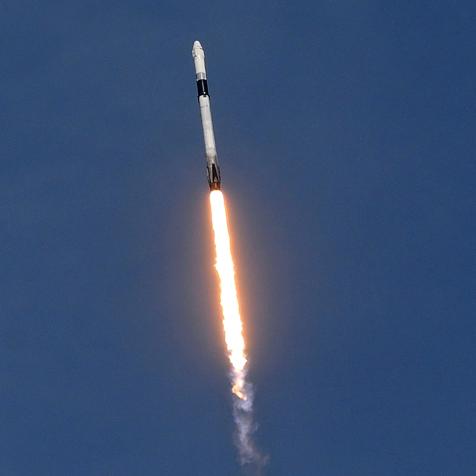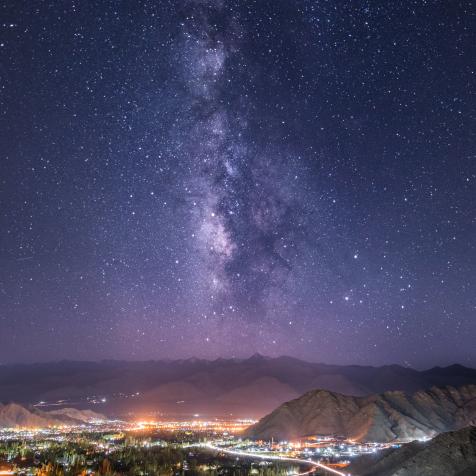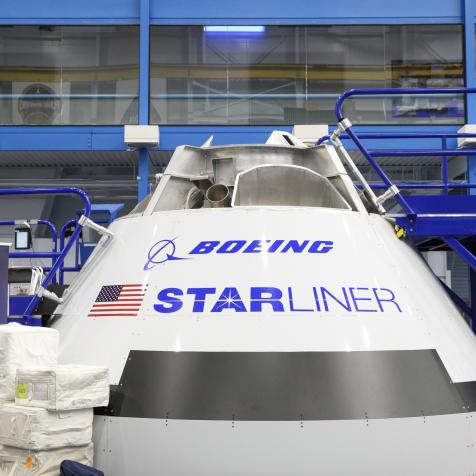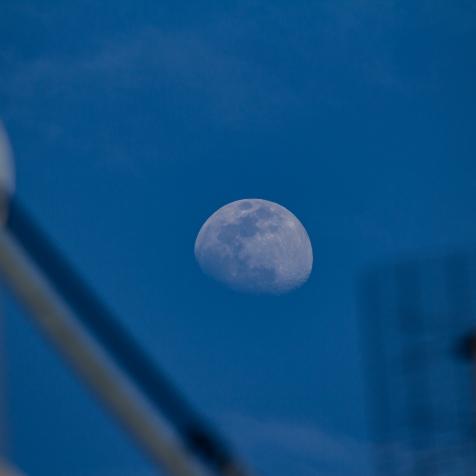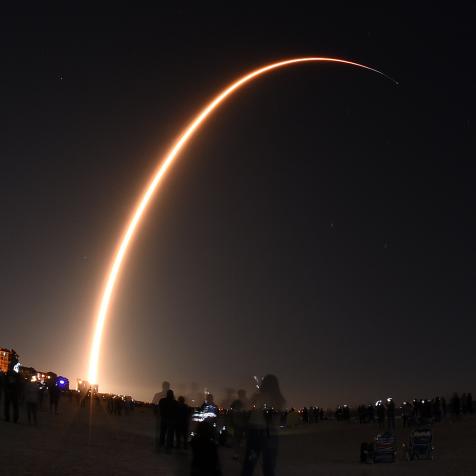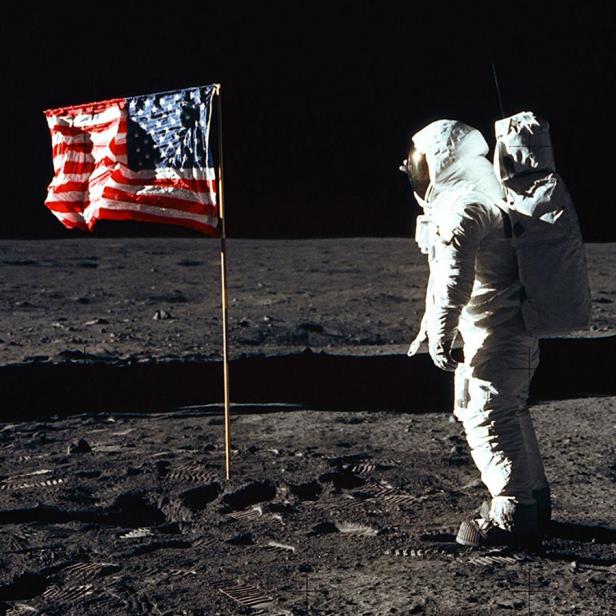
Why Aren't There Stars in the Moon Landing Photos?
A vocal minority believes that the moon landing was all an elaborate hoax filmed on a sound stage in Hollywood, but it's no hoax. Here's why...
On July 20, 1969, Apollo 11 astronauts Neil Armstrong and Buzz Aldrin climbed down from the Eagle Lunar Module (leaving behind poor Michael Collins) to put the first footprints on the moon. That's the story, at least. A vocal minority believes that the moon landing was all an elaborate hoax filmed on a sound stage in Hollywood. Among their evidence is the fact that photographs and video footage don't show any stars in the sky. How could the Hollywood producers be so careless in their conspiracy? In fact, there's a pretty mundane explanation: The camera settings weren't adjusted to capture them.
Look at This Photograph
If you wanted to take a picture of a friend in direct sunlight, you'd adjust your camera settings in two ways. You'd narrow the aperture, which keeps the light-collecting area on the lens small to avoid letting in too much light: the same reason your pupils constrict in bright sunlight. You'd also speed up the shutter speed so the camera sensor would only let in light for a brief moment. If you wanted to take a picture of that same friend at night, you'd probably slow down the shutter speed and widen the aperture so you could let in enough light for a good shot.
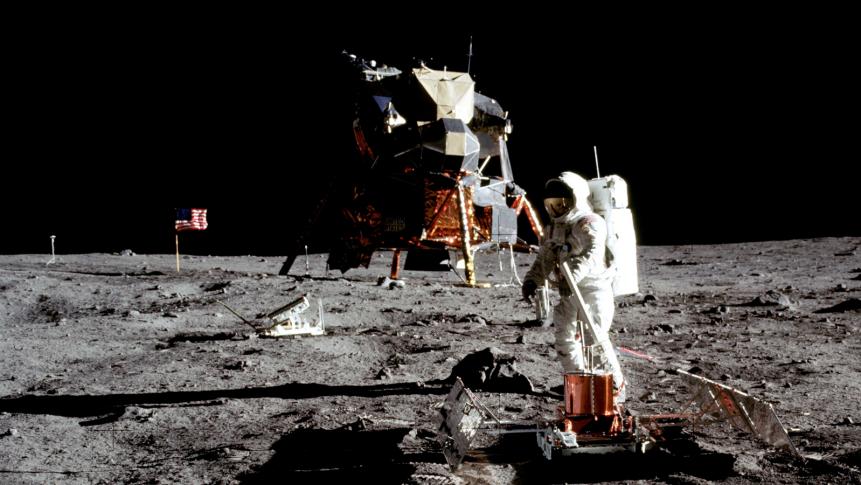
But what if your friend was illuminated at nighttime? Then you'd have to choose what you wanted in your photo. If you wanted to include the stars in the sky, you'd need to make sure your friend stood extra still to avoid blurring the shot while the slow shutter and wide aperture let in enough light. If you kept the aperture small and the shutter speed fast, you'd capture a sharp, decently bright picture of your friend, but the sky would be dark because it wouldn't send enough light into the lens.
Say Moon Cheese!
That's the trade-off the Apollo astronauts had to make. The sky on the moon is black as night not because it is night, but because there's no atmosphere to scatter the daylight the way ours does on Earth. But make no mistake: there is every bit as much sunlight at midday on the moon as there is on our home planet. That makes the lunar surface incredibly bright. The scenery on the moon was the most important thing to capture in the Apollo photographs, so the camera was adjusted to make the most out of that scenery. As a result, the relatively dim stars in the background didn't register in any of the shots. No hoax: just a trick of the camera lens.
This article first appeared on Curiosity.com. Click here to read the original article.

















